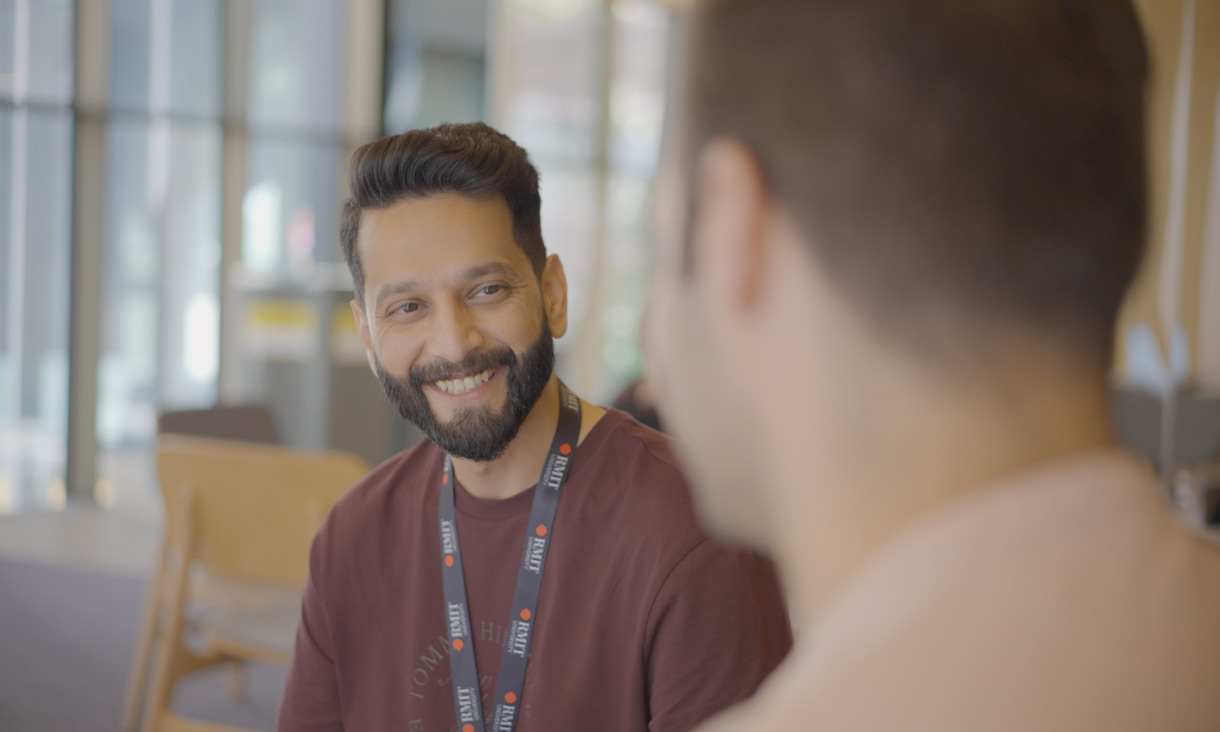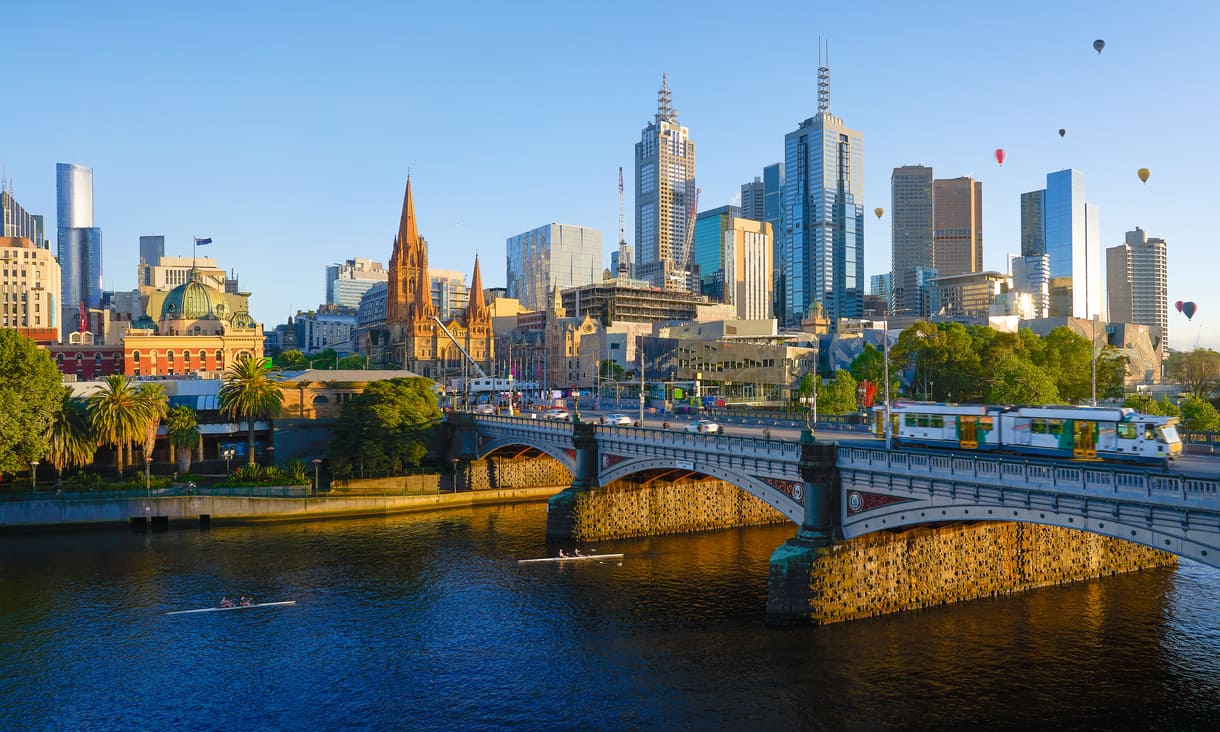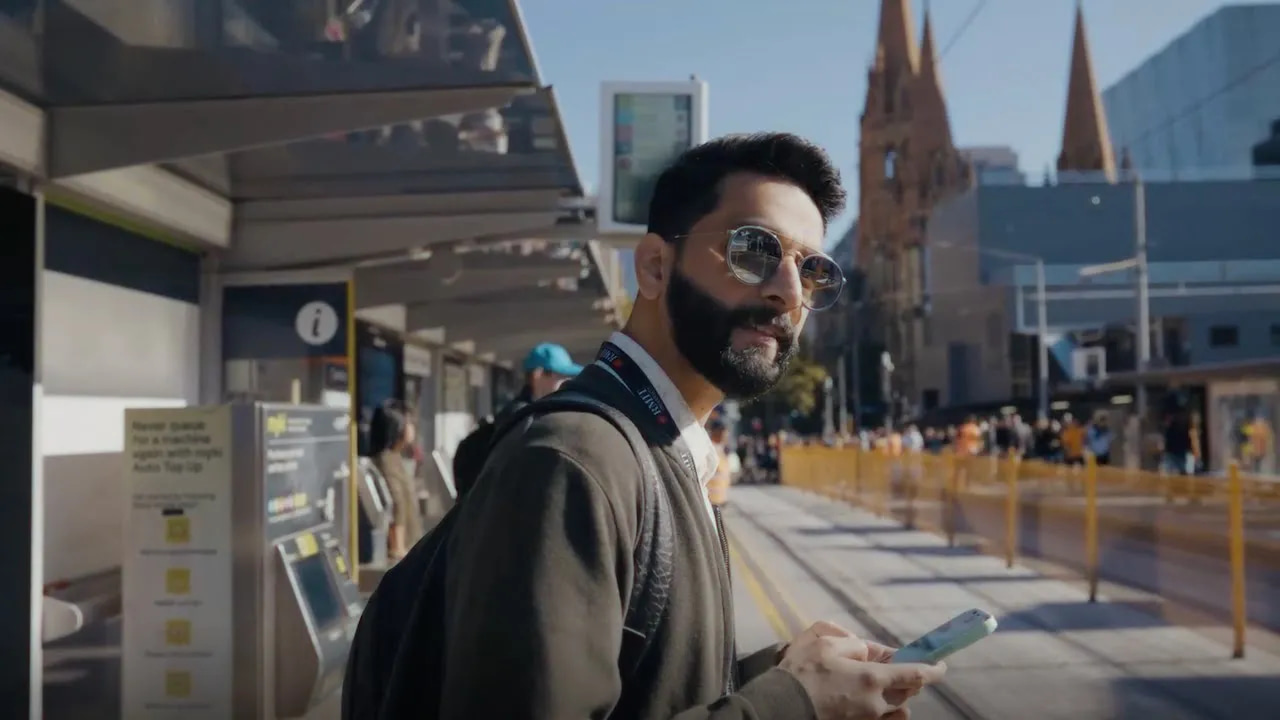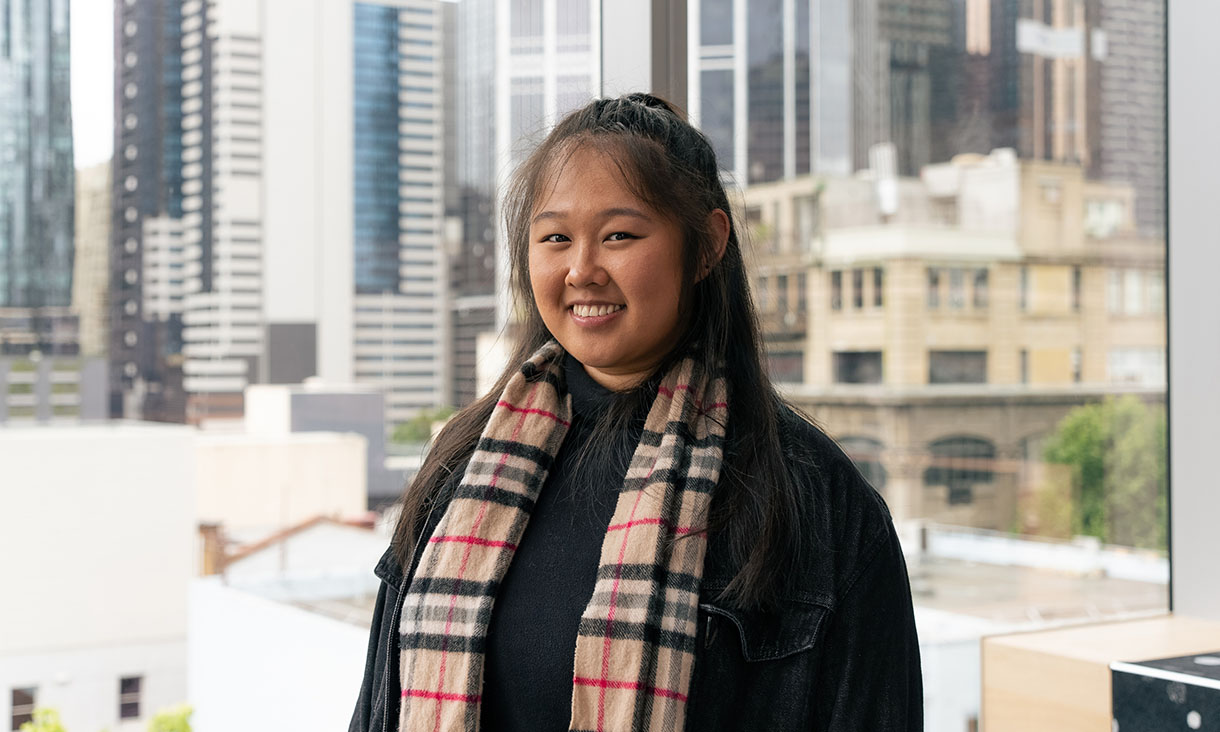Each year, more than 170,000 international students from over 170 different countries come to study in Victoria. With Melbourne playing host to thousands of students from all over the world, it has fast become one of the most welcoming and multicultural cities in Australia.
“I feel really connected to and embraced by the RMIT community in Melbourne,” says Salman.
“RMIT's Multifaith and Wellbeing Centre has been an especially valuable resource. It provides a welcoming and inclusive space where I can connect meaningfully with my faith. It’s important for maintaining a sense of balance and connection to my culture while studying abroad, and it's also a great place to practice mindfulness.”
In addition to the Multifaith and Wellbeing Centre, RMIT provides international students with many other support services, like academic mentoring, counselling, and career services. You can even book in for a one-on-one consultation with an international adviser, who can help with any questions you might have about relocating from the Middle East, living costs in Melbourne, scholarships, entry requirements and more.





